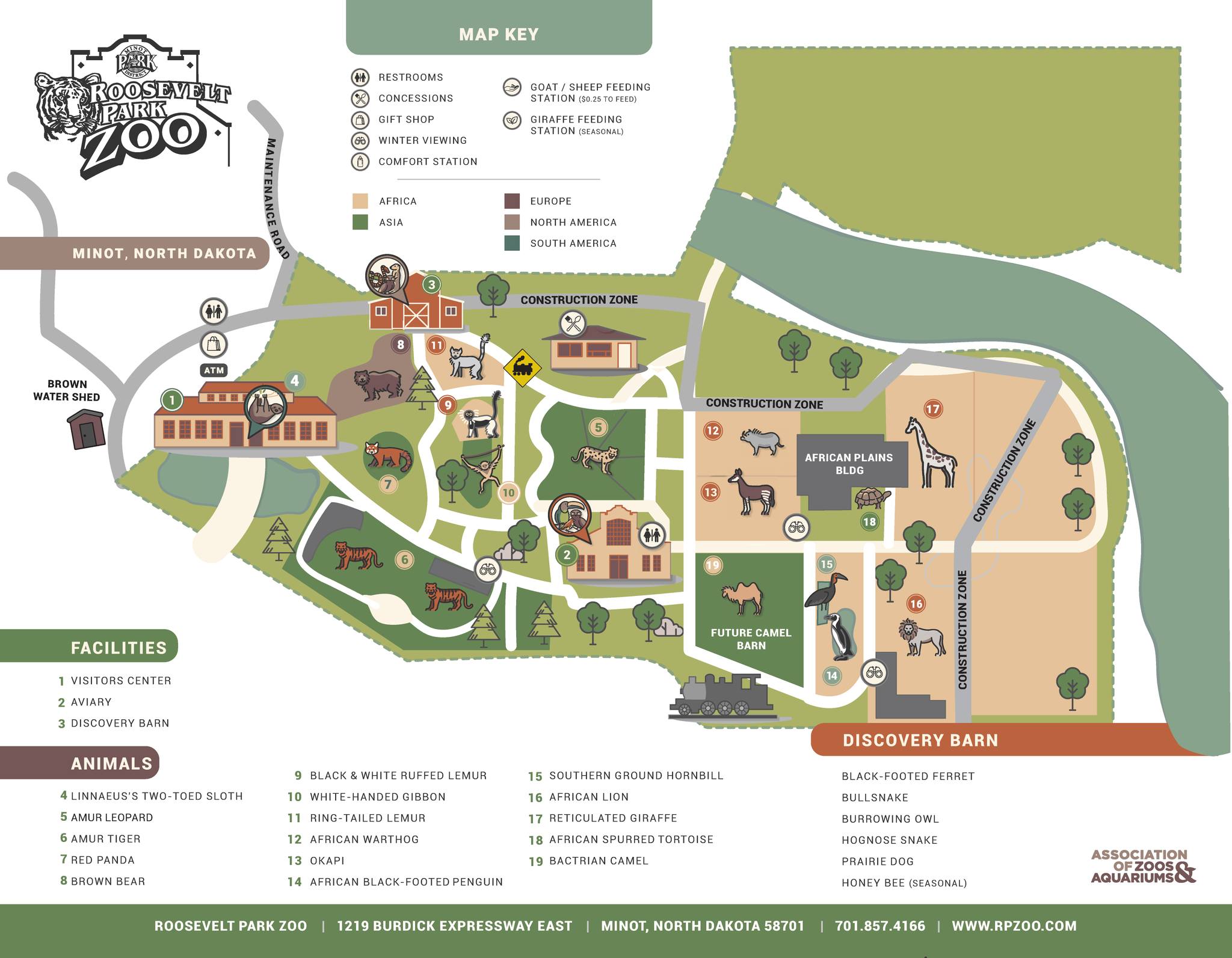- Overview of the Flood Mitigation Project
- Impact on Animal Habitats and Zoo Layout
- Conservation Efforts and Wildlife Care
- Visitor Experience and Educational Opportunities
- Future Plans and Sustainability Initiatives
Roosevelt Park Zoo, like many modern zoological parks, faces the challenge of balancing conservation, education, and recreation. A significant aspect of this balance involves addressing environmental issues such as flooding. Recently, the zoo embarked on a flood mitigation project to protect its animals and infrastructure from potential flood-related damage.
Overview of the Flood Mitigation Project
Flood mitigation is an essential task for any zoo located near water bodies or in regions susceptible to heavy rainfall. For Roosevelt Park Zoo, this project involves constructing barriers and drainage systems to direct potential flood waters away from animal enclosures and visitor areas. By reinforcing the landscape with barriers and strategically placing water diversion channels, the zoo aims to prevent habitat damage and ensure animal safety.
The project is not only about physical structures; it integrates modern technology such as sensors and automatic pumps. These technologies monitor water levels and activate necessary measures when certain thresholds are reached. The use of sustainable materials further enhances the resilience of these developments, reflecting the zoo’s commitment to eco-friendly practices.
Impact on Animal Habitats and Zoo Layout
The renovation efforts have resulted in changes to the zoo’s layout and habitats. Some animal enclosures have been relocated to higher ground, which ensures safety during potential floods. The transformation includes creating more natural environments that not only enhance the well-being of the animals but also improve the overall visitor experience. Visitors can now observe animals in settings that closely replicate their natural habitats.
The adjustments in layout provide an opportunity for more dynamic animal interactions and behaviors, observable by visitors. By incorporating elements such as native plants, water features, and varied terrains, the zoo allows animals to engage in more natural behaviors, such as foraging and climbing. These modifications support the physical and mental health of the animal residents.
Conservation Efforts and Wildlife Care
Roosevelt Park Zoo is committed to wildlife conservation. The enhancements driven by the flood mitigation project tie into broader efforts to protect endangered species and promote biodiversity. By establishing environments that are both safe and stimulating, the zoo contributes to the global mission of conserving species threatened by habitat loss, climate change, and human activities.
Efforts in animal care are further complemented by active participation in Species Survival Plans (SSPs). These programs, coordinated by the Association of Zoos and Aquariums (AZA), focus on breeding, research, and education initiatives that aim to maintain genetically healthy and demographically stable populations of threatened species in captivity. Roosevelt Park Zoo collaborates with other institutions to share insights, data, and resources, contributing to broader conservation goals.
Visitor Experience and Educational Opportunities
With the zoo’s layout changes and new attractions, visitors have an enriched experience guiding them through the animal kingdoms. The updated map encourages exploration, inviting guests to encounter diverse species in new settings. Educational signs and interactive exhibits provide insights into animal behaviors, the importance of conservation, and the impact of ecosystem changes on wildlife.
The zoo offers educational programs ranging from guided tours to workshops and camps. These programs engage visitors of all ages and foster appreciation for wildlife and habitats. By emphasizing interactive learning, the zoo inspires future conservationists and raises awareness about pressing environmental issues.
Future Plans and Sustainability Initiatives
Looking forward, Roosevelt Park Zoo is focused on extending its efforts in sustainability and education. Future plans involve adopting renewable energy sources and developing more sustainable feeding and waste management practices. Collaborations with local communities and environmental organizations aim to further these objectives, creating a model for sustainable zoo operations.
The zoo is also expanding its scientific research capacities, collaborating with universities and research institutions. These partnerships will aid in studying animal behavior, health, and genetics, providing data crucial for conservation strategies. By committing to this integrated approach, Roosevelt Park Zoo promotes a future where wildlife conservation thrives alongside human interests.
In sum, while the flood mitigation project may have altered the zoo’s physical appearance, it has also opened doors for renewed conservation efforts, enriched visitor experiences, and innovative sustainable practices. By addressing both the immediate and broader challenges of environmental change, Roosevelt Park Zoo exemplifies leadership in forward-thinking zoo management and wildlife conservation.
*****
Source Description
We know the Zoo looks a little different these days due to the flood mitigation project but don’t worry! There are still plenty of animals to see and beautiful grounds to explore. Check out the updated map of Roosevelt Park Zoo and plan your visit to see your favorite animals! 🐾🦥🌿


